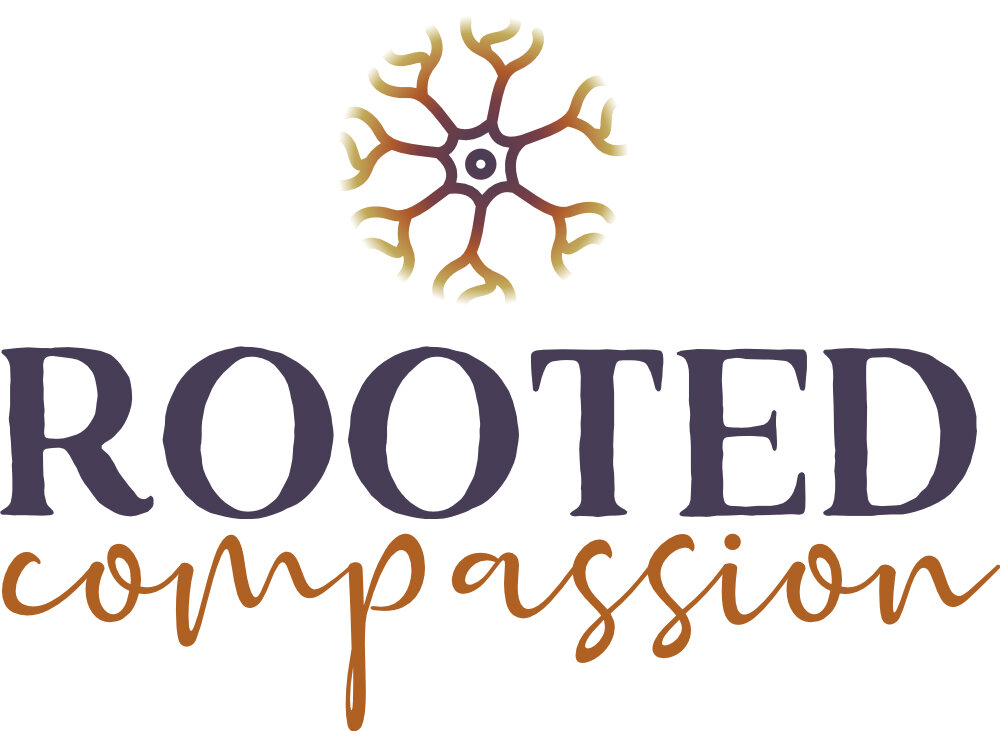
Safe and Sound Protocol
Get 5-6 weeks of additional nervous system calming therapy via auditory cues with one of our therapists!
The Safe and Sound Protocol is an amazing addition to therapy that will help stimulate the vagus nerve and prompt your nervous system to calm more easily.
If you find yourself feeling overwhelmed, stressed and unsure about how to "reset,” this protocol can help!
Developed by Dr. Stephen Porges, the Safe and Sound Protocol (SSP) is an auditory intervention designed to reduce stress and auditory sensitivity while enhancing social engagement and resilience. Based on Dr. Porges’ Polyvagal Theory, the door is opened for improved communication and more successful therapy by calming the physiological and emotional state.
Nourish and awaken your nervous system.
What is The Safe and Sound Protocol? (SSP)
The Safe and Sound Protocol is listening to altered music over the course of 10-20 short sessions. This altered music will challenge your vagus nerve to “reset,” helping your nervous system function better.
The Safe and Sound Protocol is used in combination with therapy. It is delivered via sessions through Rooted Compassion. You will complete an intake with our facilitator and then move into the listening portion based on the facilitator’s recommendation.
Feel better.
Feel safer, calm, grounded and resilient.
Feel less irritable, anxious and overwhelmed.
Think better.
Think more clearly, attentively, and creatively.
Think less rigidly, disorganized and distractible.
Connect better.
Connect more openly, genuinely and wholly.
Connect less guardedly, distantly and oppositional.

The Safe and Sound Protocol uses the auditory system as a portal to the vagus nerve complex, which controls our physiological state. Once the physiological state is regulated, we can accelerate and enhance subsequent therapy.
Benefits of the Safe and Sound Protocol
What you hear, and how you hear it, influences how the body responds.
Listening is connected with the vagus nerve, the body’s internal control center for processing and responding to cues and signals from the world around us. The SSP uses specially filtered music to train the neural network associated with listening to focus on the frequency range of the human voice.
We look, speak and listen with the same system. When the voice changes, the body responds. As we learn to focus on the sound frequencies of human speech through the SSP program, the vagus nerve becomes stimulated and the state of feeling safer and calmer becomes accessible.
The effectiveness is in the playlists. Specially treated music playlists are part of the SSP program and all help ‘prime’ the nervous system by exposing it to different sound frequencies. Listening to these playlists through over- the- ear headphones helps the nervous system to achieve balance more readily, this balance is also referred to as “homeostasis.”
**The information provided here is based on the Safe and Sound Protocol page on Integrated Listening System’s website.**
The Safe and Sound Protocol is a research-based therapy showing significant
results in the following areas:
-
Social and emotional difficulties
-
Auditory sensitivities
-
Anxiety
-
Trauma
-
PTSD
-
Inattention/ADD/ADHD
-
Stress
-
Depressed mood & mood dysregulation

How The Safe and Sound Protocol Works
Safe and Sound Protocol is delivered through a phone app that plays specially filtered vocal music listened to through over-the-ear headphones.
There are playlists created for both adults and children that include musical tracks you may or may not be familiar with. Individuals can listen to the music while sitting quietly or while doing something relaxing like coloring (no reading, looking at screens or exercising). The program consists of five total hours of listening over the course of about five weeks, depending on how your body responds. Listening duration and frequency vary depending on several factors. The maximum amount of time for one session is 30 minutes. The length of time is less important than the effect on the nervous system, your nervous system decides how long each listening session is. We let your nervous system lead the way!
Listening to this specially filtered music exercise tiny muscles in your middle ear.
The music may sound like a transistor radio at times, and has changes in volume, and moves from one ear to another. These changes in the music challenges the muscles in the middle ear. These muscles have links to the vagus nerve, allowing it to restore normal function and encourage your nervous system to come out of the fight, flight, freeze response. Once the ear begins to work more normally, resulting changes in your nervous system allow you to remain calmer and regulated even in the presence of things that used to be distressing.
Research for the Safe and Sound Protocol
The SSP increased vagal regulation of the heart and normalized auditory processing in children with ASD. (Read here.)
The SSP enhanced social behavior in children with ASD. (Read here.)
Using the SSP with children who have experienced trauma. Funded by the Australian Childhood Foundation. (Read here.)
Assessing the effects of the SSP on behavioral regulation in children and adults with ADD/ADHD. In cooperation with: ADD Centre and Biofeedback Institute of Toronto. (Read here.)
Assessing the effects of the SSP on improvement of social and regulation behaviors in individuals with PWS. In addition, a new methodology for collecting and evaluating vocal samples for analyses of prosody will be assessed. (Read here.)
Determining if the SSP can decrease the atypical features of the Social Engagement System in adolescents and young adults with Prader Willi Syndrome. In cooperation with the Latham Centers School in Brewster, Massachusetts. (Read here.)
Examining the effects of the SSP on chronic pain in older adults. In cooperation with the Meadowood Retirement Community in Bloomington, Indiana. (Read here.)




